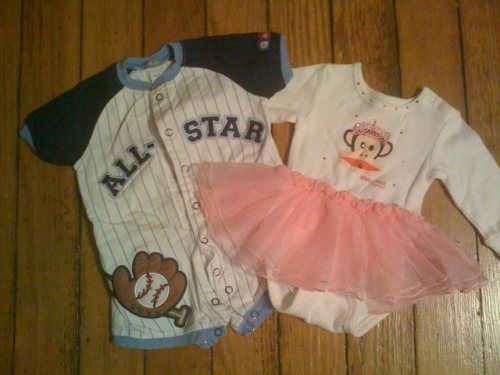As many of you have noticed, Global Mama has been on vacation. It wasn’t really a planned vacation, more of a hiatus in a busy life. But she’s back!
Truth is, I have been off doing other things this past semester. For one, I had the privilege of being on pre-tenure leave from my teaching job, and boy oh boy, did I have some projects to work on. And I did get a lot of work done. Of course, not everything I might have wanted! But then again, I never do.
You see, I tend to have big eyes. I dream up projects and get terribly excited about them and then, somewhere between making dinner and driving my kids to ice hockey and working full-time and sitting down to a long conversation with my husband and trying to squeeze in phone calls to dear friends, I realize that I simply don’t have enough time.
In the past, I have compensated with one of two methods: not sleeping at night, and working during the weekends. Frankly, #1 makes me irritable and cranky (I am a solid 9-hour-a-night sleeper) and #2 is no longer acceptable. Weekends are for play, and my kids are no longer babies who take long naps and simply come along for the ride. They can play by themselves and with their friends, sure, but it also turns out that we are a high-energy family who likes to go places and take hikes and play sports and spend time with one another. Which means that working during the weekend not only makes everyone else (most of all my husband) irritated—it makes me cranky and feeling like I am missing out on all the fun.
So I made a very conscious decision to live my life with balance this past fall, and guess what? I did. I worked, but I also played. I wrote in my journal. I read books that have been on my reading list for years. I took Spanish lessons so that I could help my daughter with her homework (she’s in a dual-language program, a topic that I wrote about here). I went to all of the school events: the Halloween parade, the winter concert, the gingerbread house art day. I even (horrors) found myself on a school committee.
During the (unseasonably cold) first- and second-grade Halloween parade (I think the weather was hovering around 40 degrees), which consisted of the kids walking around the concrete parking lot in costume while the middle school band played what they had managed to learn in two months of school (the same medley, over and over…), my daughter giggled the entire time. This despite the fact that we had rejected her idea of bringing a light saber to the parade (per the school’s detailed Parade Instruction Note). Even without her weapon of choice, she proudly strutted around, showing off her paper-thin Luke Skywalker costume. (Her flourish had been to pull her hair back into a low ponytail, so that she looked just like a boy.)
I turned to another parent and asked, “Do they always hold the parade on Friday?” And when she nodded yes, I realized: this was the first time I had made it. I had missed, all those other years, because I had been at work. I suddenly felt empty and hollow inside. I promised myself not to miss the next one.
Now, before I get too sentimental, I will also say that as I walked to my car, wishing I had remembered to wear a hat, I was thinking about a couple of other things. For one, being a mom who obsessively worries, I could not help but wonder: how many kids will get sick after parading around for so long in their flimsy costumes? For another, what about all the parents who have no job flexibility to attend a Halloween parade on a Friday morning? A lot of middle- and working-class families live in our school district, a lot of them Spanish-speaking, many of them recent immigrants who are working very hard simply to survive. (In fact, a lot of families are working very hard simply to survive.) Should we really be holding all of these events that many parents can’t attend? They are, after all, fairly impractical and, from an adult perspective, unnecessary.
This last semester taught me something else, though: having fun is really, really important. Kids need to play, and you know what? Adults do, too. (And based on all my reading this semester, I might even argue that art is a sophisticated form of adult play… but that’s for another day!)
So I have also promised myself to keep the spirit of play alive, as I go back to the classroom this semester. Maybe I can’t require my college students to parade around in costume, but I can certainly work on figuring out ways of keeping it fun for all of us.

 The other week,
The other week,  Wishing all of you happy holidays — the very, very best!
Wishing all of you happy holidays — the very, very best! Just posted:
Just posted:  When Baby X and Baby Y turned one a few weeks ago, something changed in my brain.
When Baby X and Baby Y turned one a few weeks ago, something changed in my brain.